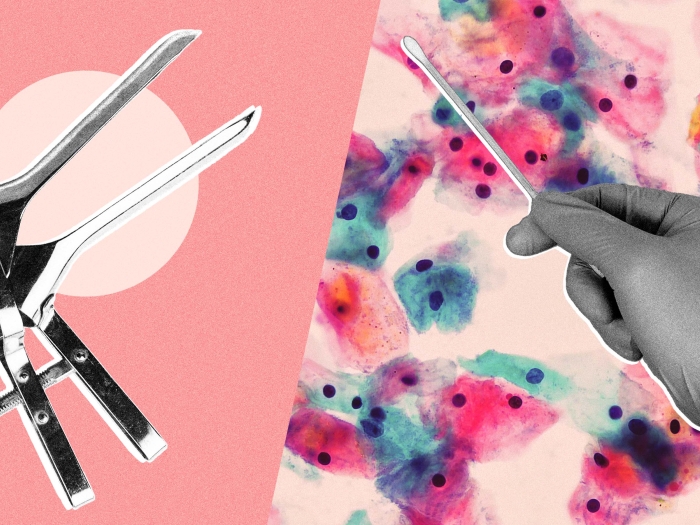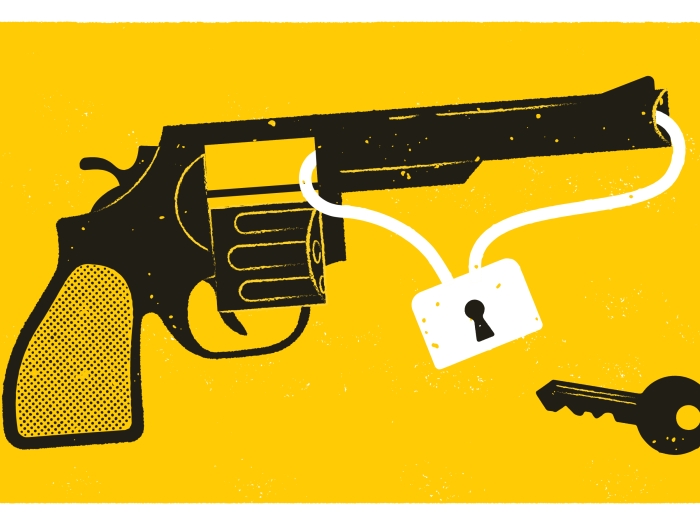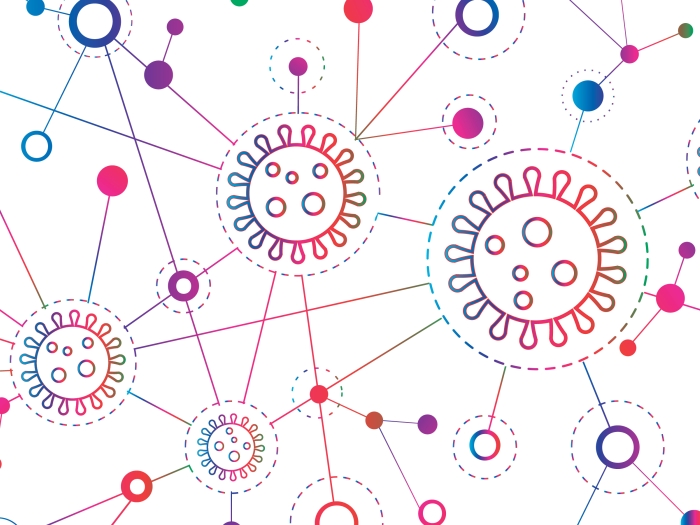Episodes of racing heart, shakiness or nausea, among other things, are normal responses to fear or danger. Learn more about reaction strategies and prevention.
7:00 AM
Author |

What is anxiety?
It's defined as excessive, persisting worry over an imminent event such as death or illness — or even minor events such as being late for an appointment or other uncertain outcomes.
LISTEN UP: Add the new Michigan Medicine News Break to your Alexa-enabled device, or subscribe to our daily audio updates on iTunes, Google Play and Stitcher.
Feeling anxious is common and can affect anyone, at any age. Episodes can range in seriousness and frequency.
But consistent worrying and fear can be problematic to healthy function.
That's why knowing the type of anxiety you have can be helpful to finding a solution, says Elizabeth Duval, Ph.D., an assistant professor of psychiatry with Michigan Medicine.
Types of anxiety disorders
Anxiety disorders are broken down into five major types:
-
Generalized anxiety disorder: Chronic anxiety characterized by exaggerated worry and tension, usually focused on future events and outcomes.
-
Obsessive-compulsive disorder: Recurrent, unwanted thoughts (obsessions) or repetitive behaviors (compulsions). Behaviors are often performed with the hope of preventing or shaking off obsessive thoughts. But that provides only temporary relief; not performing them markedly increases anxiety symptoms.
-
Panic disorder: Unexpected and repeated episodes of intense fear accompanied by physical symptoms.
-
Post-traumatic stress disorder: Develops after exposure to a terrifying event or ordeal in which grave physical harm occurred or was threatened.
-
Social anxiety disorder: Overwhelming anxiety and excessive self-consciousness in everyday social situations.
Anxiety and panic attacks
Although anxiety may fuel a panic attack, it's a separate condition that can be gradual and chronic. (That's why there's no such thing as an "anxiety attack.")
Panic attacks, by contrast, are marked by an intense and overwhelming sense of fear or dread in response to an imminent threat. Panic attacks, often brief, are brought on by the body's "fight or flight" response — a natural and adaptive process that helps fight off danger or run from it.
MORE FROM MICHIGAN: Subscribe to our weekly newsletter
This process can be triggered any time we perceive ourselves to be in harm's way — and it can happen within the context of any anxiety or stress disorder.
"If someone has a fear of dogs, encountering an unfamiliar dog could trigger a panic attack," Duval says. "Someone who has social anxiety or worries about being judged negatively by others might have a panic attack when giving a speech or introducing themselves to new people."
Symptoms of a panic attack
For some people, panic attacks seem to come out of the blue or are triggered by uncomfortable sensations in the body, Duval says.
Signs of a panic attack include:
-
Racing heart
-
Shortness of breath
-
Trembling or shaking
-
Chest discomfort
-
Feeling of choking
-
Nausea or stomach distress
-
Tingling in extremities
-
Lightheadedness
-
Changes in sensory experiences (e.g. tunnel vision)
-
Feeling cold or hot
-
Sweating
-
Feeling like things are unreal or unfamiliar
-
Fear of dying or fear of losing control
A panic attack would include at least four of these symptoms, Duval says.
She notes that panic attacks can come on quickly and peak, or be at their worst, within 10 minutes. Most attacks resolve relatively quickly, within 30 minutes for most people.
Nor are they dangerous: "Panic attacks do not last forever; panic will subside on its own, even if you don't do anything," Duval says.
How to stop a panic attack
If a panic attack occurs, what do you do?
Duval suggests "grounding" yourself — or becoming aware of your surroundings and sensory experiences. This can be achieved by deep breathing, for example.
SEE ALSO: 3 Easy Anxiety Relief Exercises You Can Use Anywhere
"A big part of stopping a panic attack is to ride out the initial intensity and let it come down," she says. "Sometimes being present in the moment can be helpful. Orient yourself to your surroundings."
While panic attacks aren't uncommon, you shouldn't have to live in fear. Frequent attacks become a problem when they are causing distress and causing you to withdraw from activities or responsibilities.
"Sometimes people will become afraid they might have another panic attack and will begin avoiding doing activities that might bring one on," Duval says. "This can cause significant impairment.
"If panic attacks or anxiety are making it difficult to live life the way you want, or if they're causing distress, it might be time to seek out professional help."
Panic attack treatment and prevention
Cognitive behavioral therapy and selective serotonin reuptake inhibitors (SSRIs) are the first-line, evidence-based treatments for anxiety. These treatments can be used separately or in combination.
Cognitive behavioral therapy focuses on identifying and addressing anxiety-related thoughts and behaviors. It often involves meeting with a therapist weekly and practicing hands-on strategies each day to manage anxious thoughts and behaviors.
SSRIs are taken daily and can help adjust levels of the neurotransmitter serotonin in the brain, which can affect mood and anxiety. There are many types of SSRIs. A medication provider will determine which one is best for you and will meet with you regularly to monitor benefits and side effects.
SEE ALSO: What's the Difference Between Nerves and Anxiety?
Duval doesn't recommend avoidance strategies or using substances such as drugs or alcohol to cope with or abstain from anxious feelings or panic attacks. Incorrect use of substances, including prescriptions, can interfere with relationships and work.
"It is a way to mask or avoid the anxiety; we're not giving ourselves ways to manage it that are going to decrease it long term," Duval says.
Instead, she suggests finding strategies to manage the attacks or reduce the anxiety around having a panic attack.
"The challenge is that oftentimes the more we try to prevent something, the more it will happen," Duval says. "A big part of managing anxiety and panic is finding ways to face it."
This is often the focus of treatment: "If people are having a lot of panic attacks, we're going to want to be working with them to help identify their specific anxiety triggers and find ways to manage those triggers.
"We can't prevent the triggers from occurring, but we can change the way we respond."
For more information, visit the Anxiety and Depression Association of America or the University of Michigan Anxiety Disorders Program.

Explore a variety of healthcare news & stories by visiting the Health Lab home page for more articles.

Department of Communication at Michigan Medicine
Want top health & research news weekly? Sign up for Health Lab’s newsletters today!





